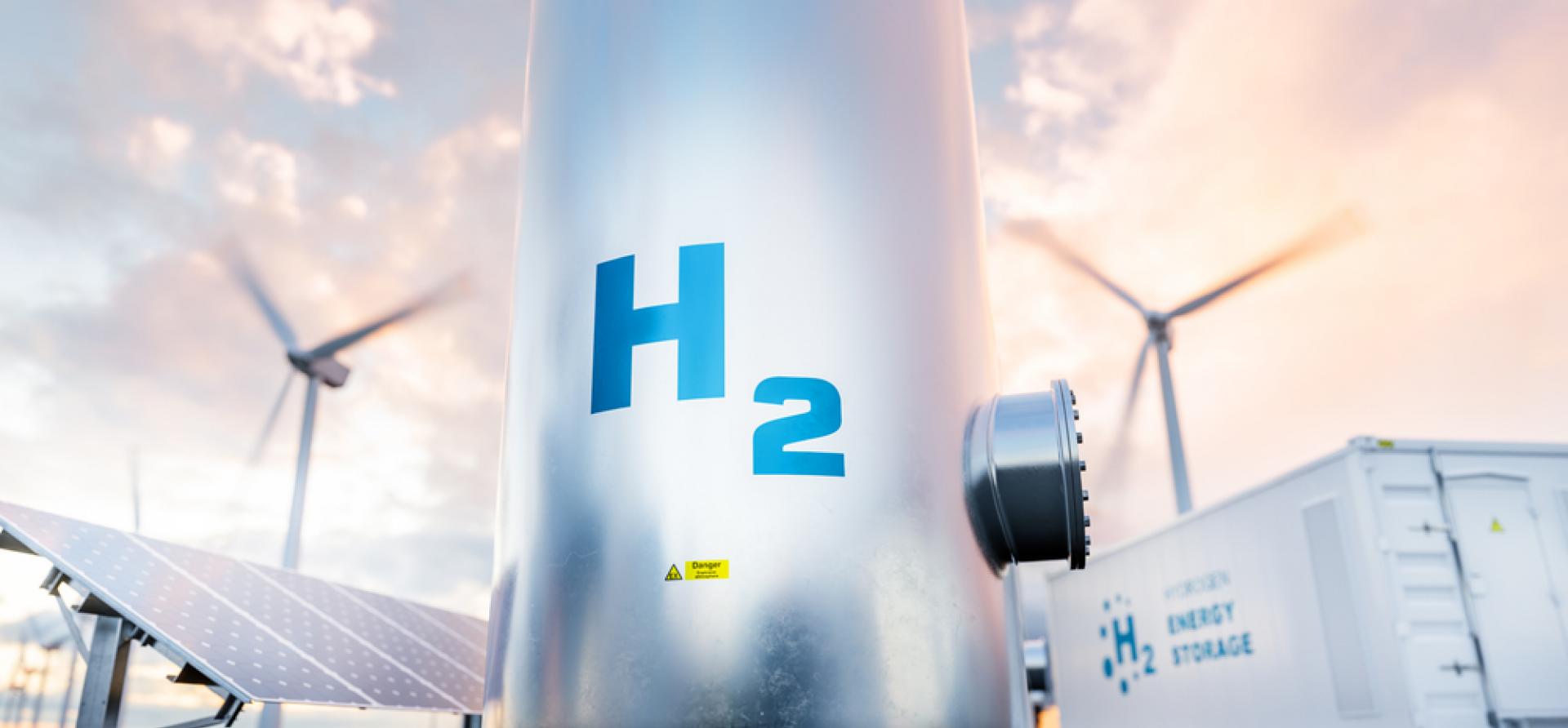Investing in clean energy can help insulate India’s fertiliser sector from global risks

Key Findings
A way forward to insulate India’s domestic fertiliser industry against adverse global events lies in green hydrogen. With Rs1 trillion (~US$12.85billion), India could potentially produce 2.3 million tonnes of hydrogen.
Alternatively, Rs1 trillion could help the country get back on track to meet the installed solar capacity target of 100 gigawatts (GW) by the end of 2022.
Freeing up the money spent on fertiliser subsidies can also advance India’s renewable energy objectives, were it not for the current situation of such high import dependence.
India’s fertiliser subsidy is seemingly on an uncontrollable ascent. During the COVID-19 pandemic, the subsidy remained higher than Rs1 trillion (US$12.85 billion), and for FY 2022/23, the central government has budgeted Rs1.05 trillion (US$13.5 billion).
Worryingly, even before the end of the first quarter of FY 2022/23, reports suggest that the subsidy could touch Rs2 trillion (US$25.7 billion) owing to a sharp increase in prices of global fertilisers and natural gas, a primary input for urea production. Clearly, dependence on imported fertilisers and natural gas for domestic fertiliser production is depleting India’s finances.
For nearly a decade before the fiscal year (FY) 2020/21, India’s average fertiliser subsidy outlay was between Rs600 billion (US$7.7 billion) and Rs700 billion (US$9 billion). However, the sharp swings in global gas prices during the pandemic and the surge in food and fuel costs that followed the Russian invasion of Ukraine have changed that dramatically.
So how can India reduce its exposure to global risk events? Investing in an ‘ecosystem’ to support renewable energy – consisting of battery storage, green hydrogen and domestic manufacturing of solar modules, among other things – can reduce dependence on imported fossil fuels and protect the country from future shocks.
Indeed, Rs1 trillion (US$12.85 billion) – the sum that reports suggest will have to be added to the budgeted fertiliser subsidy for this fiscal year – would go a long way towards advancing India’s renewable energy objectives.
What caused the spike in fertiliser subsidies?
The key reason behind rising fertiliser subsidies was the global demand-supply imbalances caused by COVID-19 and exacerbated by the Russia-Ukraine war.
India depends on imports for its fertiliser needs, both for the end-product and the raw material for domestic production. It imports about 90% of its phosphatic & potash (P&K) fertiliser needs and 25% of its urea requirement. Further, nearly 50% of the natural gas required for domestic fertiliser production comes from imported LNG. This has exposed India to global price volatility in the critical fertiliser sector.
How to effectively reduce fertiliser subsidies?
A way forward to insulate India’s domestic fertiliser industry against adverse global events lies in green hydrogen.
Green hydrogen currently costs about US$5.5 per kilogram. The industry expects it to fall steeply by the end of this decade. With Rs1 trillion (~US$12.85 billion), India could potentially produce 2.3 million tonnes (MT) of hydrogen, becoming a leading producer.
Notably, India’s estimated hydrogen demand for fertilisers is about 3MT annually. A potential of 2.3MT hydrogen production meets about 80% of this demand.
Further, Rs1 trillion can fund 2,500 compressed biogas (CBG) plants producing 25 million tonnes of bio-manure as a by-product. Promoting bio-manure use can be a part of a broader effort to encourage more sustainable agriculture practices.
India should promote organic farming to provide more sustainable solutions. In addition, it needs to develop cold-storage systems that increase agricultural produce’s shelf life and strengthen distribution chains to reduce leakages.
Getting more value out of Rs1 trillion (~US$12.85 billion)
Freeing up the money spent on fertiliser subsidies can also advance India’s renewable energy objectives, were it not for the current situation of such high import dependence.
For example, Rs1 trillion could help set up a robust solar module manufacturing industry. A recent Institute for Energy Economics and Financial Analysis (IEEFA) report notes that Indian solar module capacity stands at 18 gigawatts (GW), far behind China’s 358GW.
The approximate cost of building a 1GW solar module production line is Rs6 billion (US$77million). This means India can set up a solar module production capacity of 167GW with Rs1 trillion. The cost of 1GW of solar module capacity addition with complete backward integration to the wafer and polysilicon level is about Rs25 billion (US$322million). With Rs1 trillion, India can increase its integrated solar module manufacturing capacity by 37GW.
Alternatively, Rs1 trillion could help the country get back on track to meet the installed solar capacity target of 100GW by the end of 2022. IEEFA and JMK Research project that India will miss the mark by 27GW, largely due to slow uptake of rooftop solar.
The cost of setting up a solar power plant is about Rs45 million/MW or Rs45 billion/GW (US$578million/GW). With Rs1 trillion, India could set up 22GW of solar capacity, which would propel the country towards its renewable energy target.
The U.S.-based National Renewable Energy Laboratory (NREL) estimated the total cost of a 1MW/4MWh standalone battery system in India to be Rs85 million/MW (US$1.1 million/MW) in 2020, which means a Rs1 trillion investment in building battery storage could provide 47GWh of standalone battery systems.
Investing in emerging technologies such as green hydrogen and battery storage would help India enhance its green credentials. The initial push by the government to increase supply would lead to market balance and bring down prices, making these sectors lucrative to a higher number of private players.
This article first appeared in Financial Express.
Note: All currency conversions are done at Rs1 = US$0.01285















